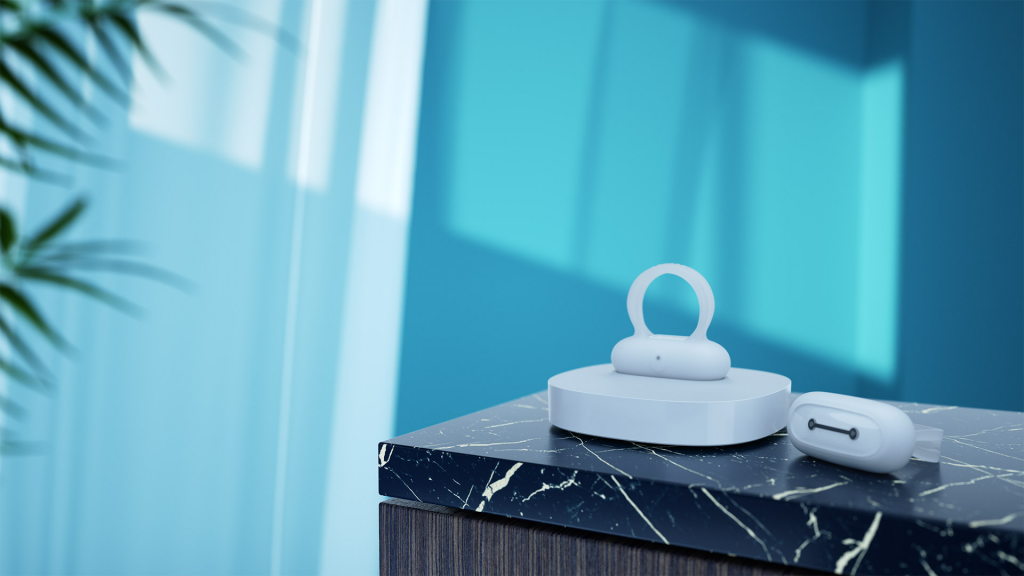
Can’t Fitness Trackers Monitor Sleep Quality Too? Why Choose Go2sleep?
Q: Isn’t your product similar to fitness trackers? Fitness trackers can also monitor sleep quality, and you can get one for just over thirty dollars.
A: The question you raised is something many people wonder about. Analyzing from the principles and functionalities, there are significant differences between the sleep data monitored by fitness trackers and what we monitor.
Let’s start with a question: Do you or your family members snore while sleeping? Do you know if you experience occasional breathlessness during snoring episodes? Are you aware of how many times you experience breathing pauses during the night?
In fact, sleep disorders can be classified into 7 major categories and 94 subcategories. Among them, the most common are insomnia and respiratory pauses, which together account for over 95% of sleep disorders. Our product specifically targets respiratory pause issues.
Respiratory pauses are often associated with snoring. It can be said that snoring is one manifestation of respiratory pauses, but snoring doesn’t always equate to respiratory pauses. The direct consequence of respiratory pauses is oxygen deprivation during sleep, leading to organ hypoxia and disruption of rest and metabolism. The brain, which weighs only 3% of the body but consumes 25% of oxygen, is particularly vulnerable to hypoxia. Oxygen deprivation during sleep can impair memory, contribute to cardiovascular diseases, diabetes, and other health issues.

Given the critical importance of respiratory pauses to health, how does our product measure respiratory pause index?
Respiratory pauses lead to a drop in oxygen saturation in the blood. Our product detects this by using reflective photoplethysmography to monitor blood oxygen saturation.
Blood oxygen saturation refers to the percentage of hemoglobin saturated with oxygen in the blood. Oxygen in the body is mainly carried by hemoglobin in red blood cells, akin to little trucks carrying oxygen molecules from the lungs to various organs. They then collect metabolic carbon dioxide molecules (also in groups of 4), transport them back to the lungs, and exhale them, completing the cycle. Hemoglobin absorbs light differently when carrying oxygen and when carrying carbon dioxide.

Go2sleep_The Best Oxygen Level Tracker
Our principle utilizes this difference by emitting three light waves into capillaries, calculating oxygenated hemoglobin content based on light absorption differences, i.e., blood oxygen saturation. Why do we design the product as a ring to be worn on the finger rather than elsewhere? Because fingers have abundant capillaries, ensuring measurement accuracy. Additionally, the ring design ensures proper light transmission and reflection for accurate data collection while considering user comfort.
Returning to your question, how does a fitness tracker measure sleep? The principle is based on an accelerometer identifying your body movements during sleep, essentially counting how many times you move while asleep to determine sleep stages. This accelerometer is the same sensor used for step counting.

However, fitness trackers cannot measure respiratory pauses.
- There are fewer capillaries on the arms compared to fingers. Imagine pricking your finger and arm with a needle. Your finger would bleed profusely while the arm would barely bleed.
- Fitness trackers cannot ensure a snug fit. Light passing through the arm and reflecting back to the tracker, traveling through air and causing refraction, significantly affects data accuracy, especially for blood oxygen saturation measurements.
In essence, fitness trackers work by monitoring body movements through an accelerometer to determine sleep stages and heart rate. They lack the capability to measure blood oxygen saturation accurately.
About our product Go2sleep, you can read a detailed evaluation report from Brad Nehring, Senior Product Analyst, for more insights. Read Now>>>
Brad is a lifelong resident of the Pacific Northwest who holds a bachelor’s degree in English from Western Washington University. As someone who has lived with sleep problems throughout his adult life, Brad is passionate about helping others get the rest they need. He’s professionally tested and reviewed sleep products for more than five years.










